How to transplant seedlings: follow our step-by-step guide
You'll need to know how to transplant seedlings when all your carefully nurtured efforts start sprouting. Here's how to do it properly
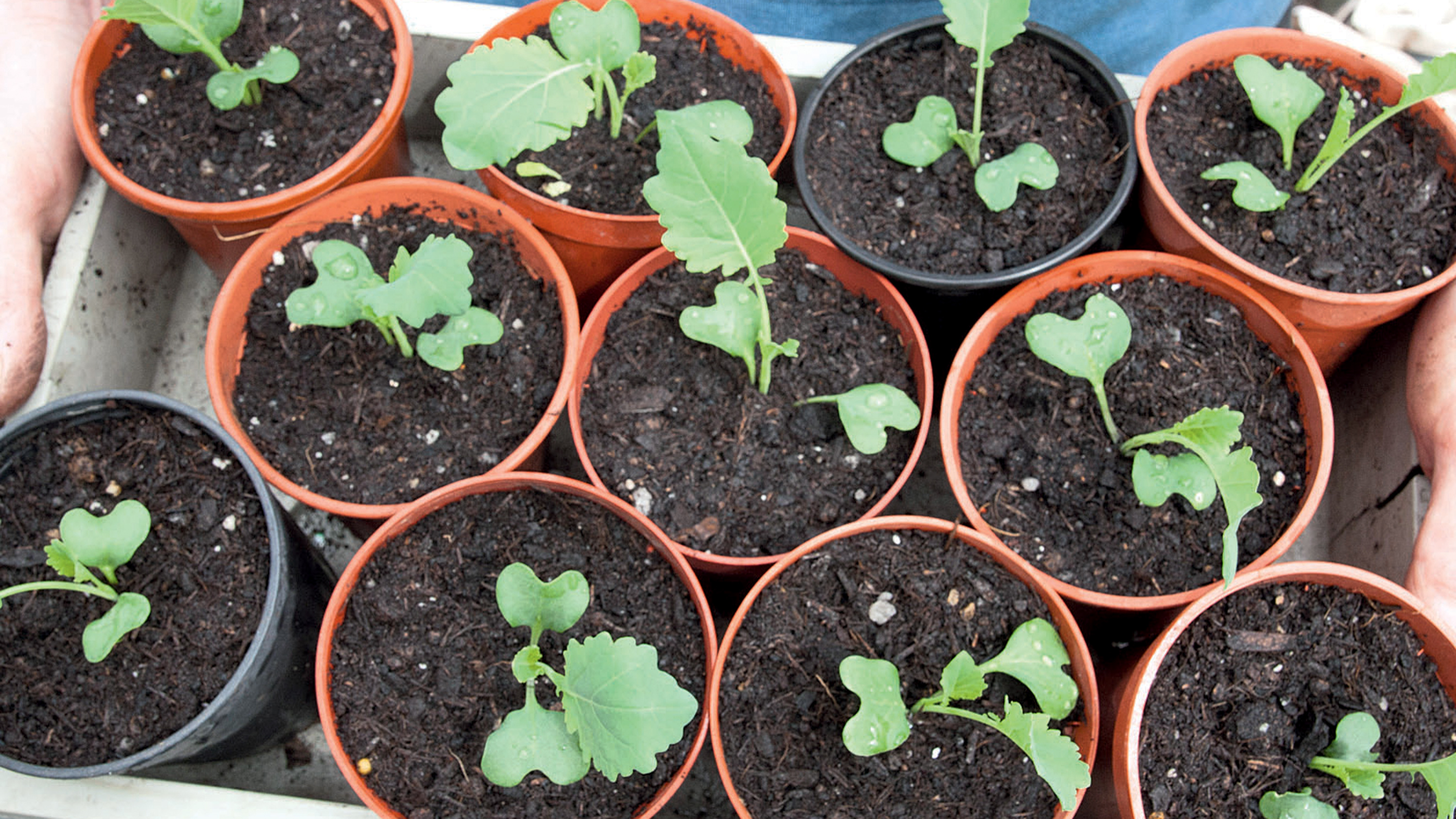

When it comes to how to transplant seedlings there are a few handy tips to make the job go smoothly. Especially if all your seed sowing endeavours come to fruition at once, as often happens. You may find yourself with a bit of a backlog of sprouted seedlings backing up on windowsills and in propagators, so you need to keep things moving smoothly on to the next stage by pricking out seedlings as soon as you can. They will be needing a richer compost and more room to grow if they're going to thrive.
This method of transplanting seedlings is handy to know for anyone who wants to grow their own. It works for most vegetables and flowers, apart from the odd exception, such as long rooted vegetables like carrots and parsnips that need to go straight into the ground.
Follow our easy steps and you'll soon be watching your seedlings mature into healthy young plants. You'll get the hang of it in no time, nurturing your seedlings like a professional.
Read on to find out how to do it, then head over to our guide on how to grow flowers from seed for more expert growing tips.
When should you transplant seedlings into bigger pots?
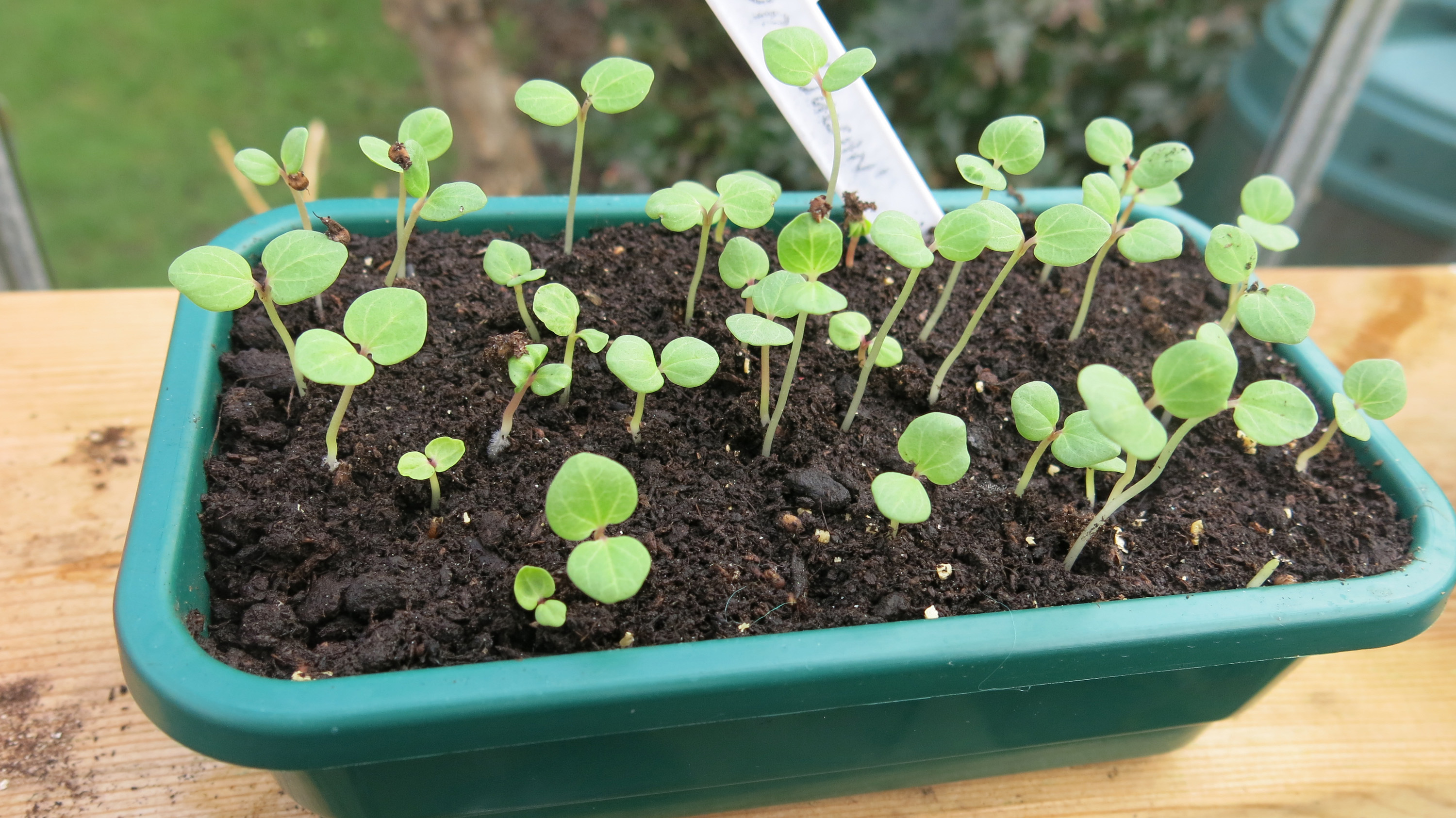
Finding out when and how to transplant seedlings is easy. All you have to do is learn how to differentiate between the initial pair of 'seed leaves' that sprout and the 'true leaves' that come afterwards.
When you see more leaf activity on each stem you'll know it's time to prick them out. When the seedling has true leaves it means that it has rooted and is ready to be moved on.
If you transplant seedlings when they only have seed leaves you’ll find there’s not a lot of root as they haven’t finished germinating. This means the plant will be much weaker if you try to plant it on now. So remember – if you see only two leaves it's too soon.
If you're having problems with your seedlings growing, check out the five most common seed germinating mistakes for advice on getting it right.
What do you need to transplant seedlings?
- Multi-purpose compost
- Dibber (or alternatively a pencil or chopstick)
- Plug plant trays or modules, or 7.5cm plant pots
- Watering can with a fine rose attachment
What do you move seedlings into?
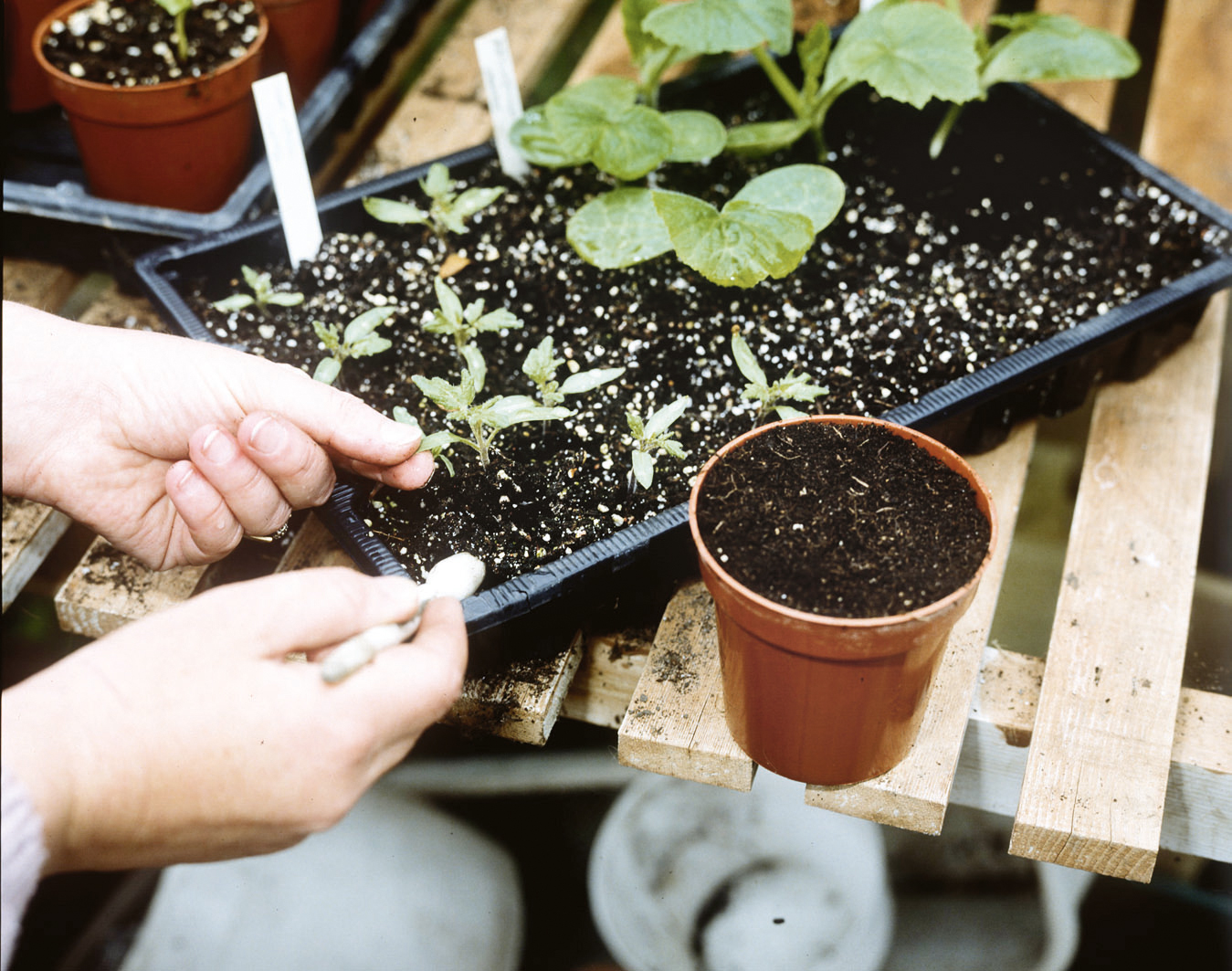
Seedlings can either be transferred from where they’ve germinated into plant plug trays or modules. These have an individual compartment for each seedling that’s moulded to encourage the roots to grow straight down rather than in a circular fashion. This means you get a nice strong plant.
Alternatively, you can use larger trays or small pots, depending on the size of your seedlings. Fill the tray with multipurpose compost, smoothing the soil with your palm as you go.
Once it’s full tap it down gently a couple of times to help things settle. The soil should be level with the top of the tray.
How to transplant seedlings in 5 easy steps
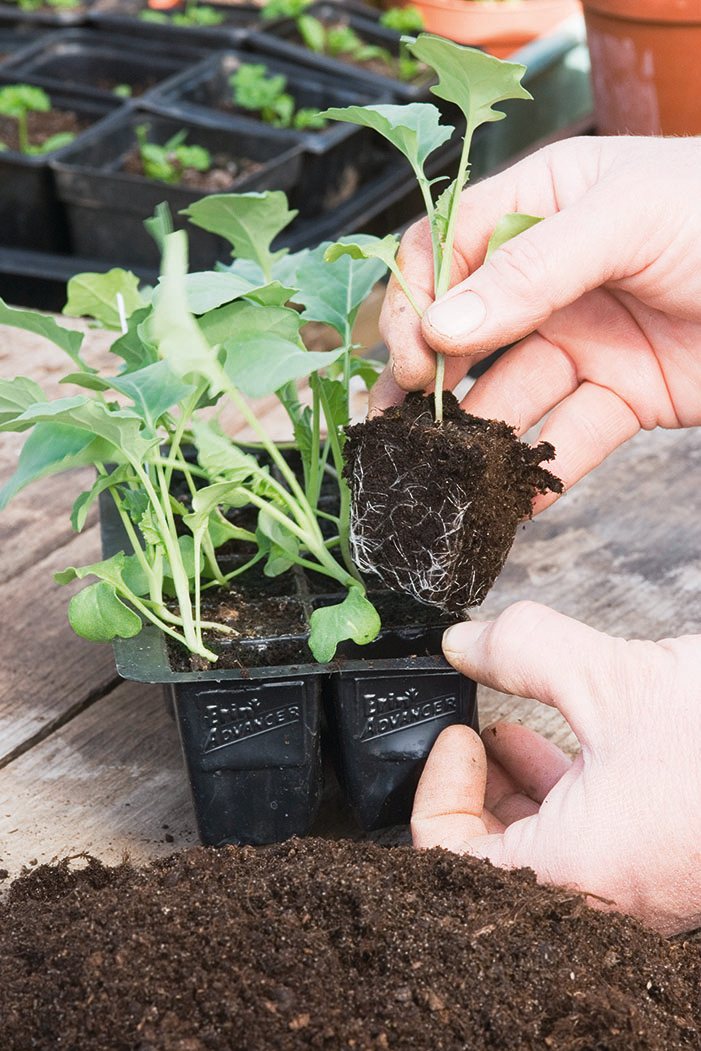
- Lightly watering your seedlings before moving them will also be beneficial as the soil will be moist (but not too moist!).
- Use your dibber to create a hole in the module or pot, working it round so it's wide enough to accommodate the root ball.
- Drop in your seedling and use the dibber to infill the surrounding hole with soil. Make sure the seedling is dropped in deep and inserted up to the leaves, which means you will get a healthier plant.
- Firm in the soil around the seedling so that the leaves are just above the surface.
- Repeat the previous steps as you work your way through the seed tray until you have transplanted enough seedlings for your own use.
How do you transplant seedlings without killing them?
These seedlings are babies and super delicate so you need to handle them carefully. When you prick out a seedling hold it by the leaf, not the stem, to avoid damaging it. Ease them gently out of the soil, making sure you don’t pull or the root could snap.
You need to keep as much of the root intact as possible and it helps to keep a protective sheath of soil clinging to the root ball too during the move. Supporting the root ball with the dibber will help transport it safely to its new home.
How to care for your seedlings
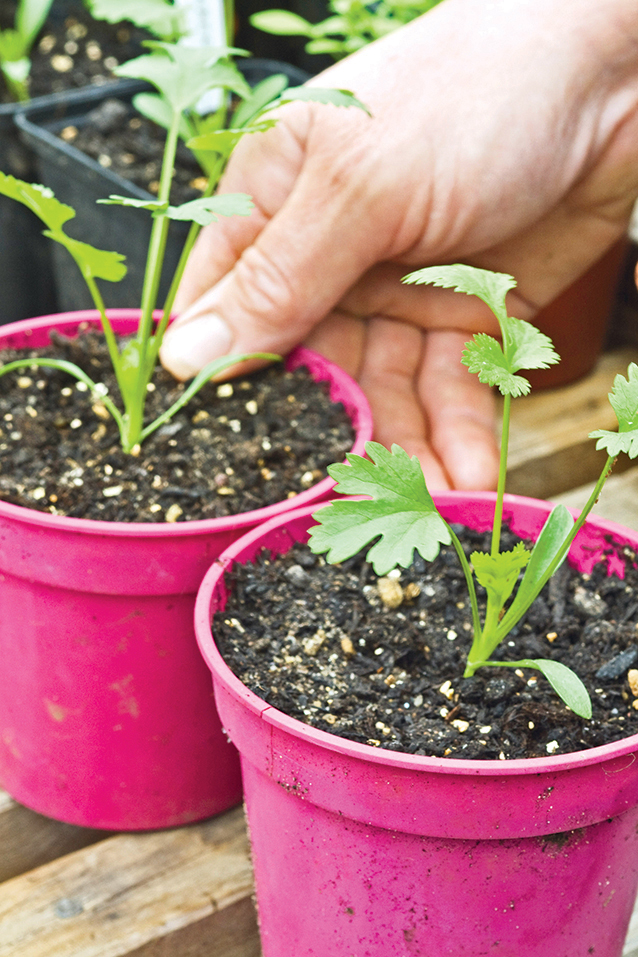
Water your seedlings in with the fine rose fitted on the watering can. While they need a good watering now to settle the roots in, don’t over water them going forward as this is one of the quickest ways to kill them.
Depending on what's happening weather wise, either transfer them to a warm spot in the house or outside to a cold frame, cool greenhouse or the best mini greenhouse, or somewhere sheltered then cover with a fleece. Leave them to grow bigger and stronger.
Once the roots have filled the module or pot, usually in around three to four weeks, they will be ready for planting out. Then your work is done!
What do you do if you have too many seedlings?
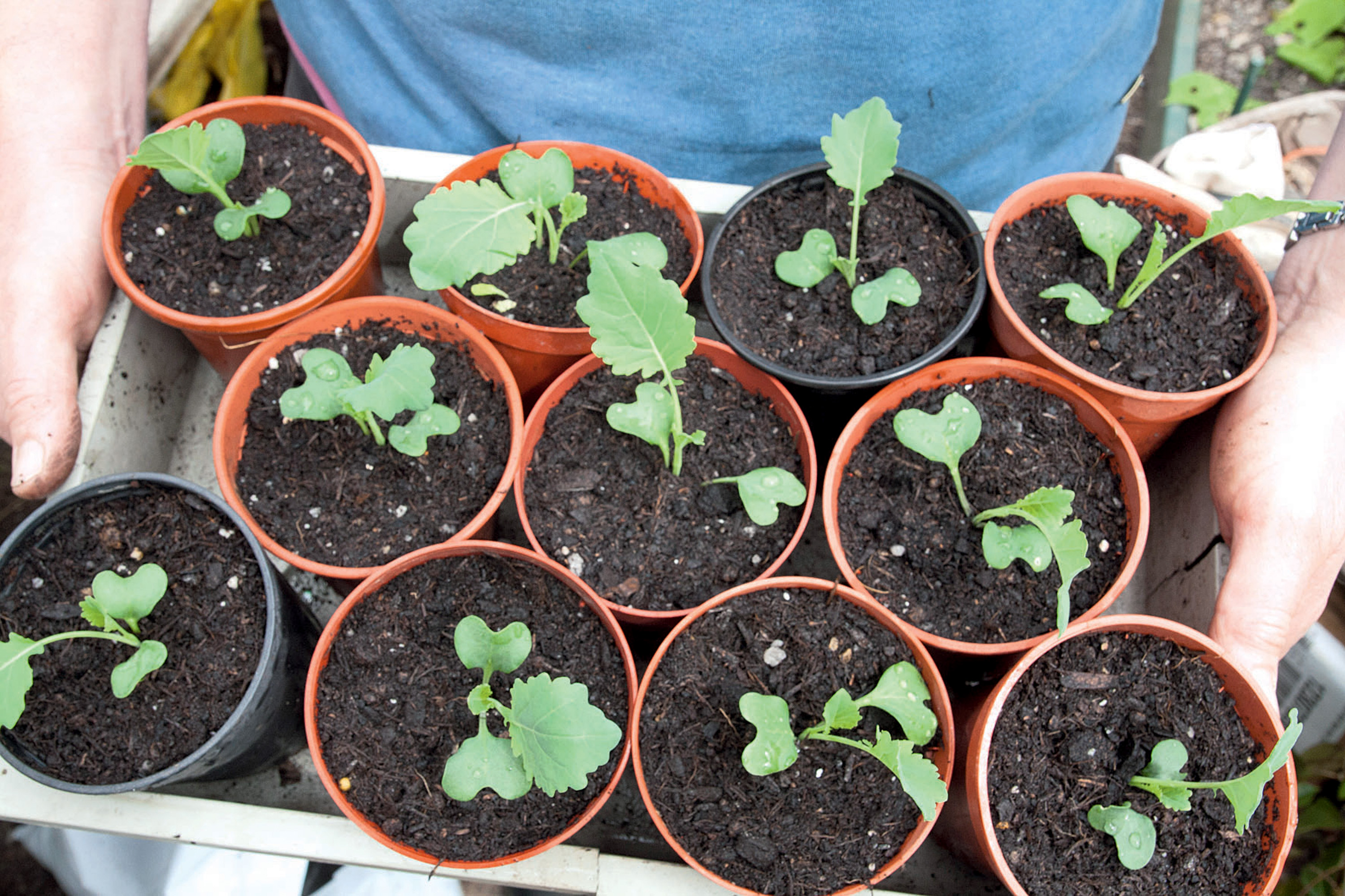
If you find yourself overwhelmed with too much of one variety remember next time round that you can fit four quarter size seed trays into one usual size tray which means you can grow four different seed varieties in the same space. This won’t leave you with the surplus of seedlings which you tend to get if you fill a whole seed tray with one type of seed.
It’s never a good idea to sow different seed varieties together in the same tray either as they will germinate at different rates and you might not be able to tell which one is which. Meanwhile, if you find yourself with a seedling bonanza spread the love by sharing them around with friends, family and neighbours.
Want to know how to get plants for free? Head over to our guide on how to take cuttings from plants.

Lifestyle journalist Sarah Wilson has been writing about gardens since 2015. She's written for Gardeningetc.com, Livingetc, Homes & Gardens, Easy Gardens and Modern Gardens magazines. Having studied introductory garden and landscape design, she is currently putting the skills learned to good use in her own space where the dream is establishing a cutting garden.
